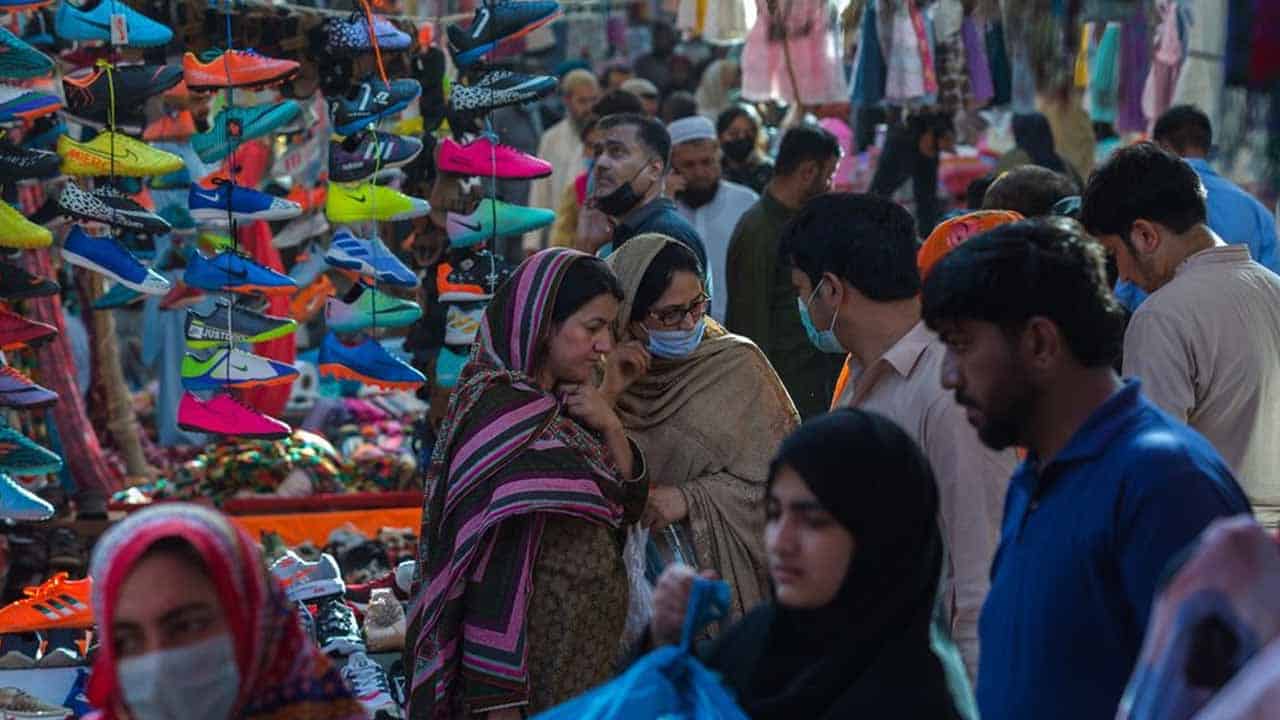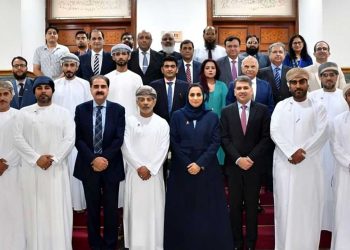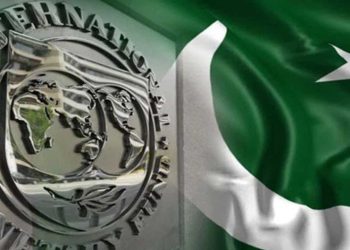Consumer inflation accelerated to its highest in 14 years in July on runaway food prices, stoked by a battered rupee, official data showed on Monday.
Pakistan Bureau of Statistics (PBS) shared data on Monday, according to that data the CPI inflation increased by 4.35pc as compared to June.
The YoY inflation was measured at 21.3pc last month which was the highest figure in over 13 years.
According to the PBS data, inflation was measured at 23.6pc in urban areas and 26.93pc in rural areas.
The inflationary tendancy was operate by the transport sector, which increase price by 64.73pc year-on-year, followed by fugacious food items at 32.93pc and non-fugaciou food items at 28.12pc.
Education and communication, which saw inflation at 9.79pc and 4.09pc, respectively, all other sectors saw double-digit increases.
The inflation rate is increase in every need of life. Restaurants and hotels is increase to 24.97pc. Alcoholic beverages and tobacoo is 22.48pc. Housing and utilities is 21.78pc. Furnishing and household equipment is 19.69pc. Diverse goods and services is 17.14pc.Recreation and culture is 15.41pc. Clothing and footwear is 14.57pc and Health is 11.22pc.
According to the PBS press release, the prices of motor fuels rose as high as 99pc year-on-year, followed by electricity at 86pc.
Among the food items that saw the highest price increases compared to last year were pulses, onions, ghee, chicken and cooking oil.
Earlier this week, the Ministry of Finance said in its Monthly Economic Update and Outlook for July that the year-on-year inflation, which has remained in double digits since Nov 2021, would continue in July and hover around the level observed in June (21.3pc) due to the increase in international commodity prices, particularly of energy, and the depreciation of the rupee.
The lookout said not only international commodity prices, especially oil and food prices, but the depreciation of the exchange rate influenced domestic inflation. It conceded that inflation mostly in the last two months was also coming from supply shocks, the impact of which has overshadowed government efforts in maintaining prices.
Inflationary and external sector risks are building economic imbalances. Furthermore, the ongoing political unrest is increasing economic uncertainty, which is causing the rupee to devalue and has an impact on the cost of production. All these factors are making the economic outlook uncertain.












